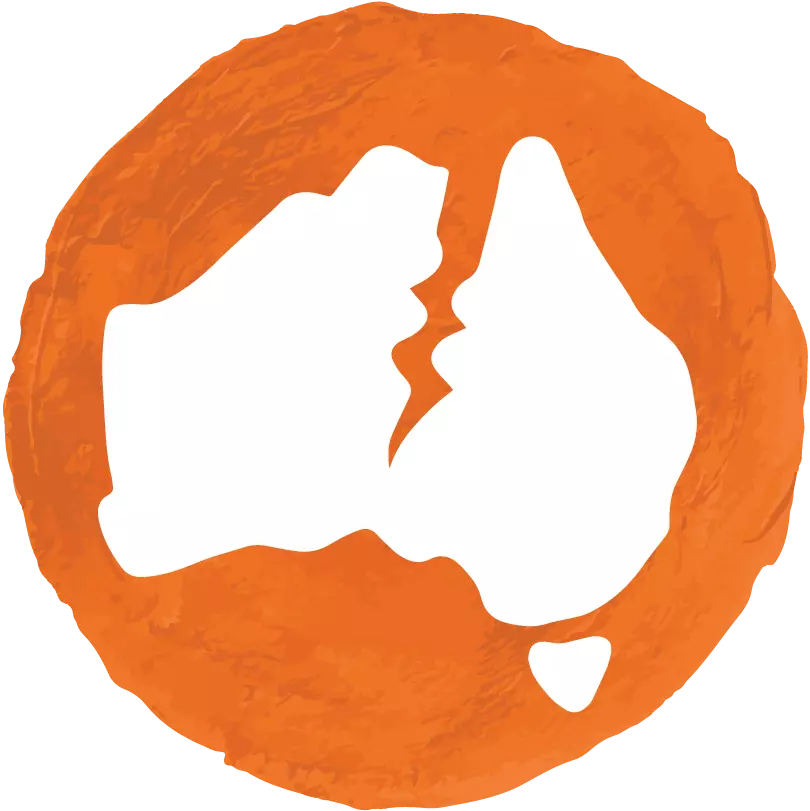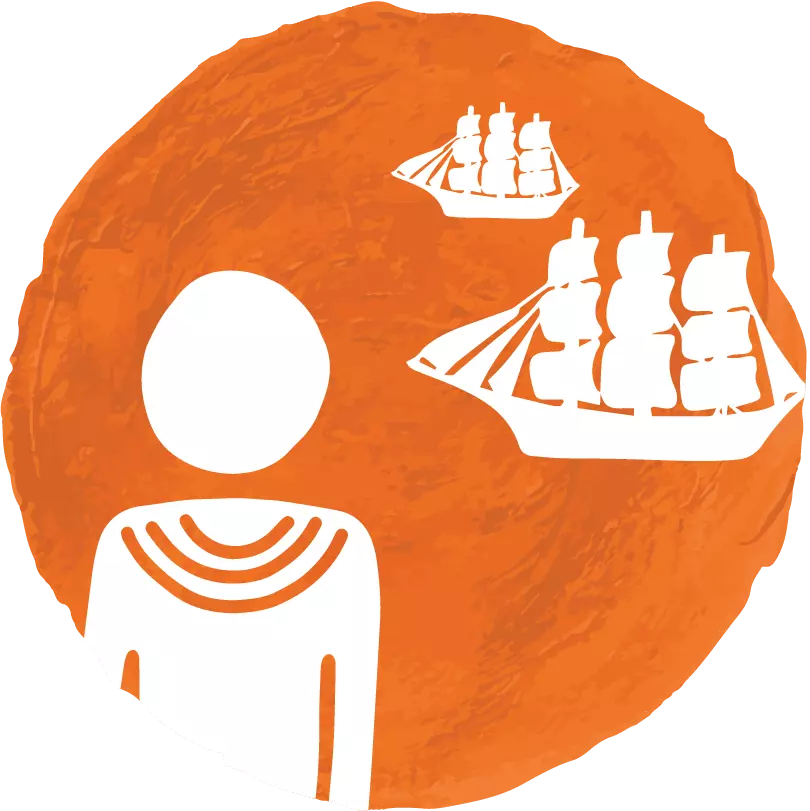In Australia, between 1910 and the 1970s*, governments, churches and welfare bodies forcibly removed many Aboriginal and Torres Strait Islander children from their families. These children became known as the Stolen Generations. Their removal was sanctioned by various government policies (AIATSIS 2022a), which have left a legacy of trauma and loss that continues to affect First Nations communities, families and individuals today.
Why were Aboriginal and Torres Strait Islander children taken from their families?
The forcible removal of First Nations children from their families was based on assimilation policies, which claimed that the lives of First Nations people would be improved if they became part of white society. Assimilation policies proposed that Aboriginal and Torres Strait Islander Peoples should be allowed to ‘die out’ through a process of natural elimination, or, where possible, assimilated into the white community (Behrendt 2012).
Policies focused on assimilating children as they were considered more adaptable to white society than adults. Children of First Nations and white parentage were particularly vulnerable to removal because authorities thought these children could be assimilated more easily into the white community due to their lighter skin colour (Behrendt 2012).
Children taken from their parents were denied access to their families, communities and cultures and taught to reject their First Nations heritage in favour of white culture. The children’s names were often changed, and many children were forbidden from speaking First Nations languages. Some children were adopted by white families, and many children were placed in institutions where abuse and neglect were common (Behrendt 2012).
Continue reading
Enjoy access to free resources
Register nowAlready registered? Login

 The Wound
The Wound
 Our History
Our History
 Why Me?
Why Me?
 Our Cultures
Our Cultures
 My Response
My Response





